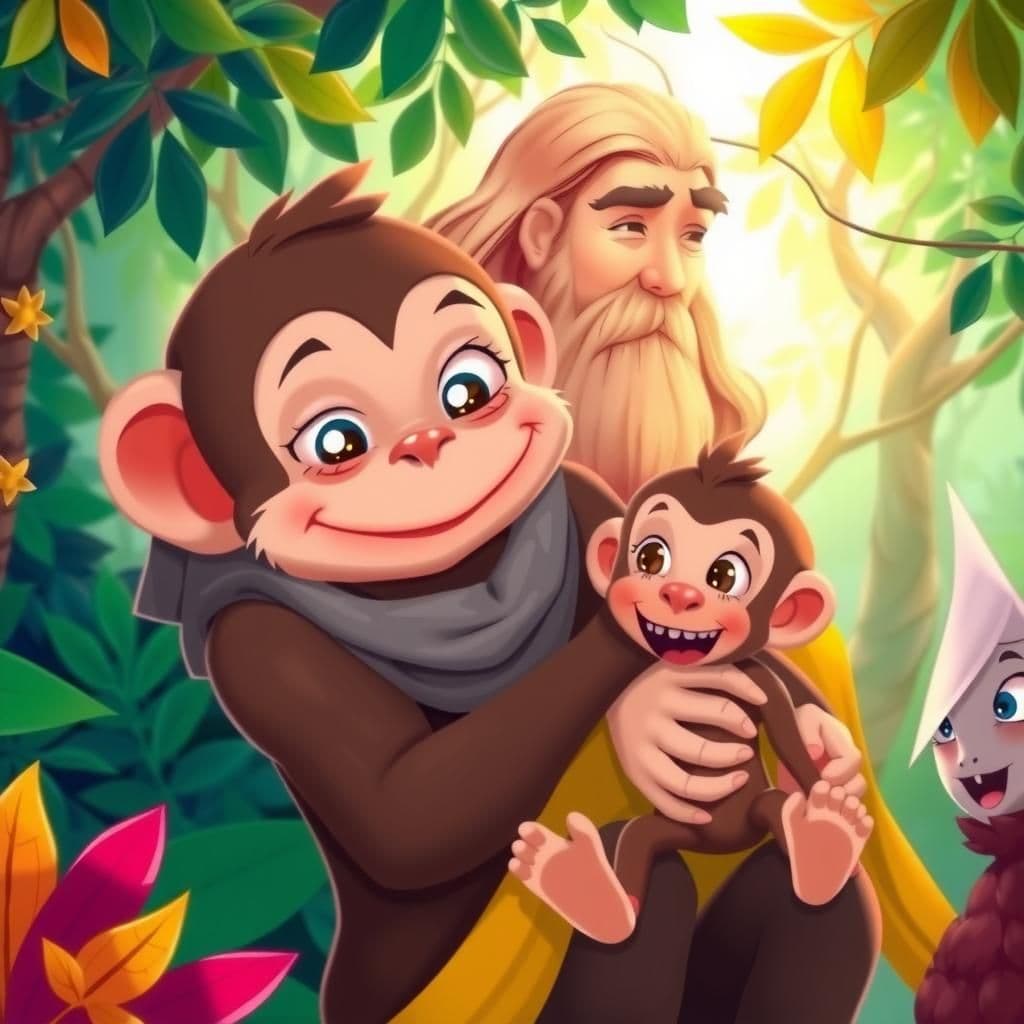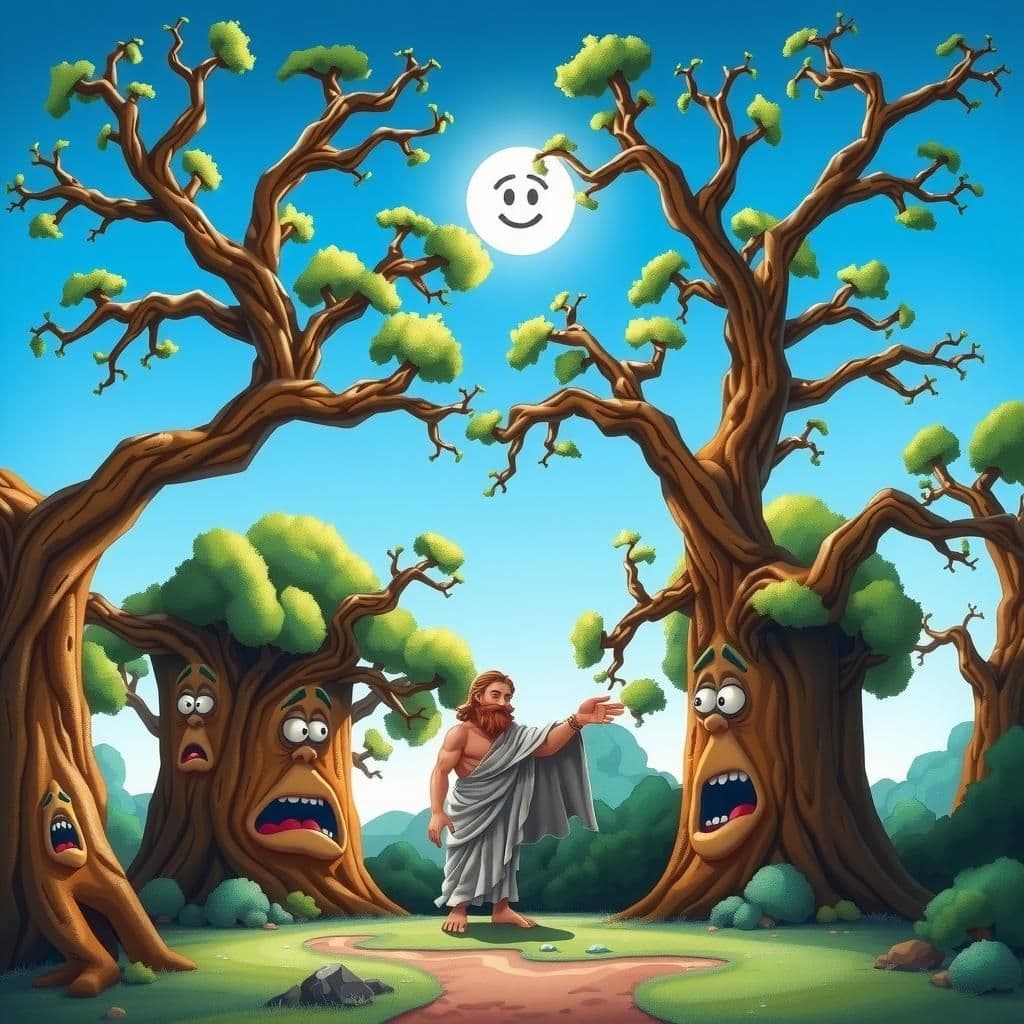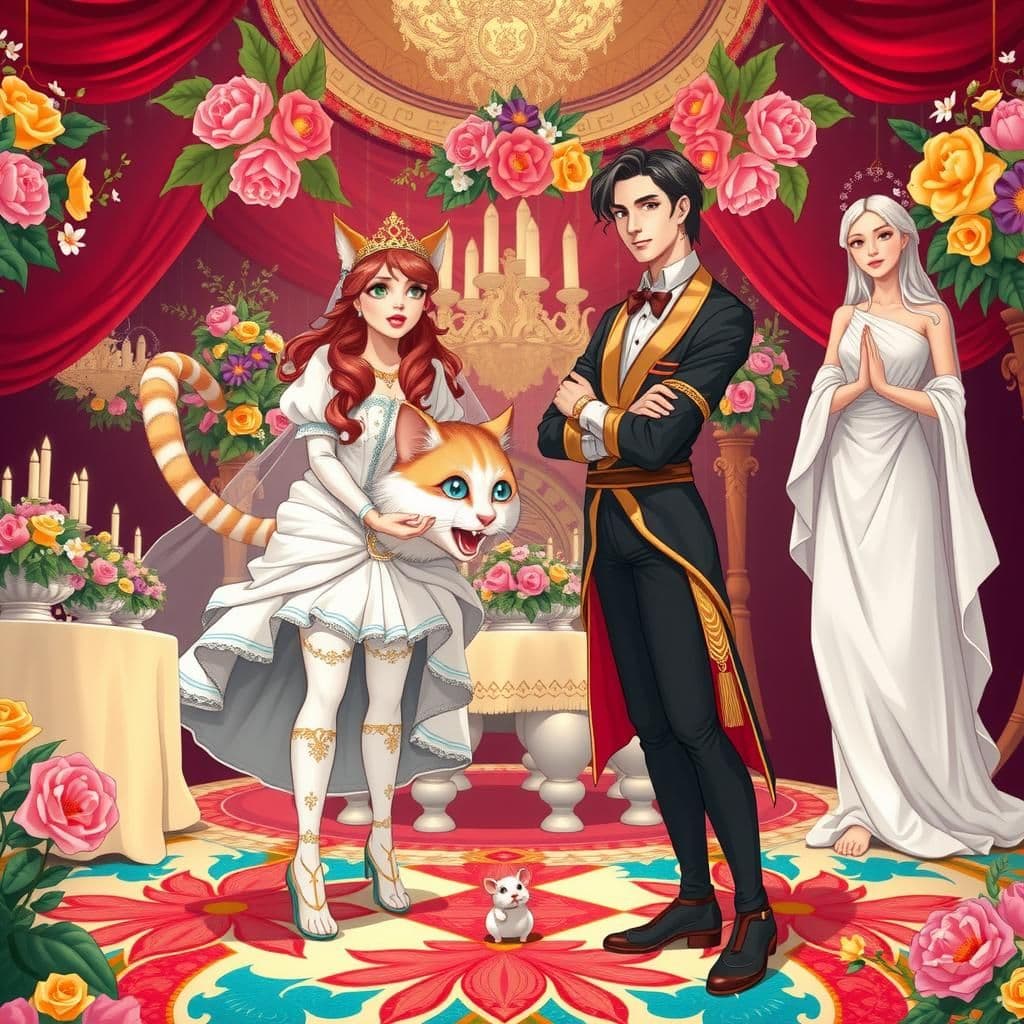Jupiter and the Monkey

Story Summary
In "Jupiter and the Monkey," a culturally significant moral story, Jupiter promises a reward for the handsomest offspring in the forest. The Monkey proudly presents her ill-featured son, asserting that he is the most beautiful in her eyes, despite the laughter of others. This short and sweet moral story teaches kids that a mother's love transcends appearances, highlighting simple lessons from stories about self-acceptance and inner beauty.
Click to reveal the moral of the story
The love of a parent for their child transcends external appearances and societal opinions.
Historical Context
This fable is reminiscent of Aesop's collection of moral tales, which originated in ancient Greece around the 6th century BCE. Aesop's fables often feature anthropomorphized animals and convey moral lessons through their narratives, reflecting cultural values about family, perception, and self-acceptance. The story highlights the theme of maternal love and subjective beauty, common in various retellings across cultures, illustrating how love can blind one to flaws in their offspring.
Our Editors Opinion
This fable highlights the theme of unconditional love and the subjective nature of beauty, reminding us that personal connections often lead to biased perceptions of worth. In modern life, a parent may celebrate their child's unique talents and individuality, regardless of societal standards, as seen when a mother proudly shares her child's achievements at a school talent show, knowing that to her, their success is unparalleled.
You May Also Like

The Oaks and Jupiter
In "The Oaks and Jupiter," a classic moral story, the oaks lament their constant threat of being cut down, feeling burdened by life. Jupiter responds with a wise lesson, explaining that their own strength and usefulness as pillars for carpenters and farmers make them targets for the axe. This engaging moral tale highlights how our qualities can lead to both advantages and misfortunes, a theme often found in childhood stories with moral lessons.

The Cat-Maiden
In "The Cat-Maiden," a culturally significant moral story, Jupiter and Venus debate the possibility of changing one's true nature. To prove his point, Jupiter transforms a Cat into a Maiden and marries her to a young man. However, during the wedding feast, when a mouse is released, the bride's instinctive leap to catch it reveals that her true nature remains unchanged, illustrating the moral that one's inherent traits cannot be altered.

The Lost Wig
In "The Lost Wig," a humorous old lion, who wears a wig to hide his baldness, tries to impress a tiger sister with a bow on a windy day. When a gust of wind blows his wig away, he feels foolish but cleverly quips about his predicament, showcasing the wit found in many famous moral stories. This short story embodies the charm of small moral stories and famous fables with moral lessons about embracing one's flaws.
Other names for this story
Jupiter's Royal Decree, The Monkey's Bold Claim, Beauty in a Monkey's Eyes, Jupiter's Handsome Challenge, The Monkey's Heartfelt Pride, Forest Beasts and Beauty, A Mother's Love and Jupiter's Prize, The Unlikely Beauty Contest
Did You Know?
This fable highlights the theme of maternal love and subjective beauty, illustrating how a mother's affection can shape her perception of her child's worth, regardless of societal standards or opinions. It serves as a reminder that love often blinds us to imperfections and elevates our own to an unparalleled status.
Subscribe to Daily Stories
Get a new moral story in your inbox every day.